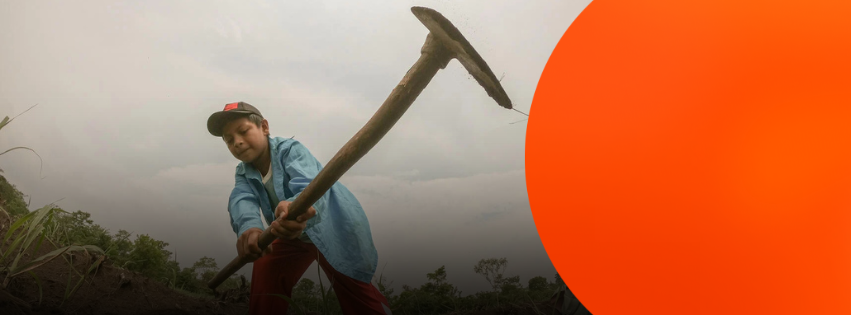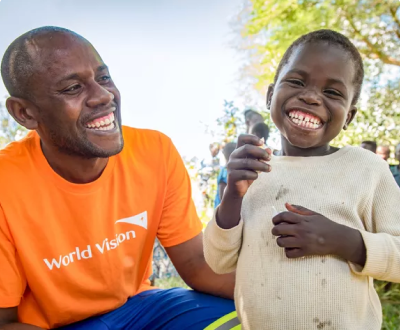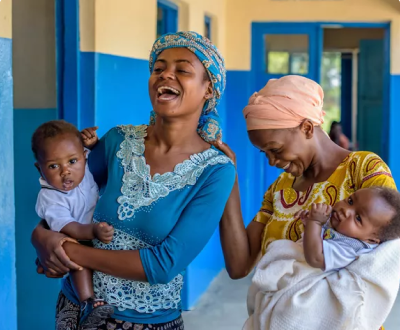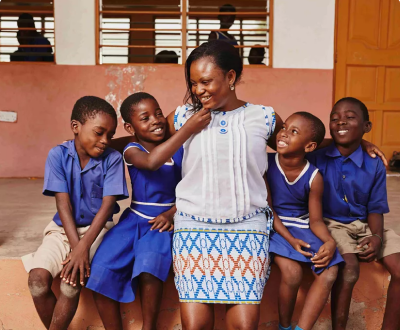All over the world, children are being exploited through child slavery and labour.
The child labour definition is “work that deprives children of their childhood, their potential and their dignity, and that is harmful to physical and mental development.” The worst forms of child labour include illicit activities like child slavery, sexual exploitation,and hazardous work that put children at risk of death, injury or disease.
World Vision centres on protecting children from child labour: teaching children to know their rights, helping them and their families into better livelihoods, providing them with vocational training or education, and working with parents and communities to ensure that children's futures are not stolen by labour exploitation.
Another important factor in child slavery and labour protection is advocacy - which is where your voice is particularly powerful. We lobby for national policies to be put in place so that children’s rights are prioritised; this includes the right to education and protection from economic exploitation.
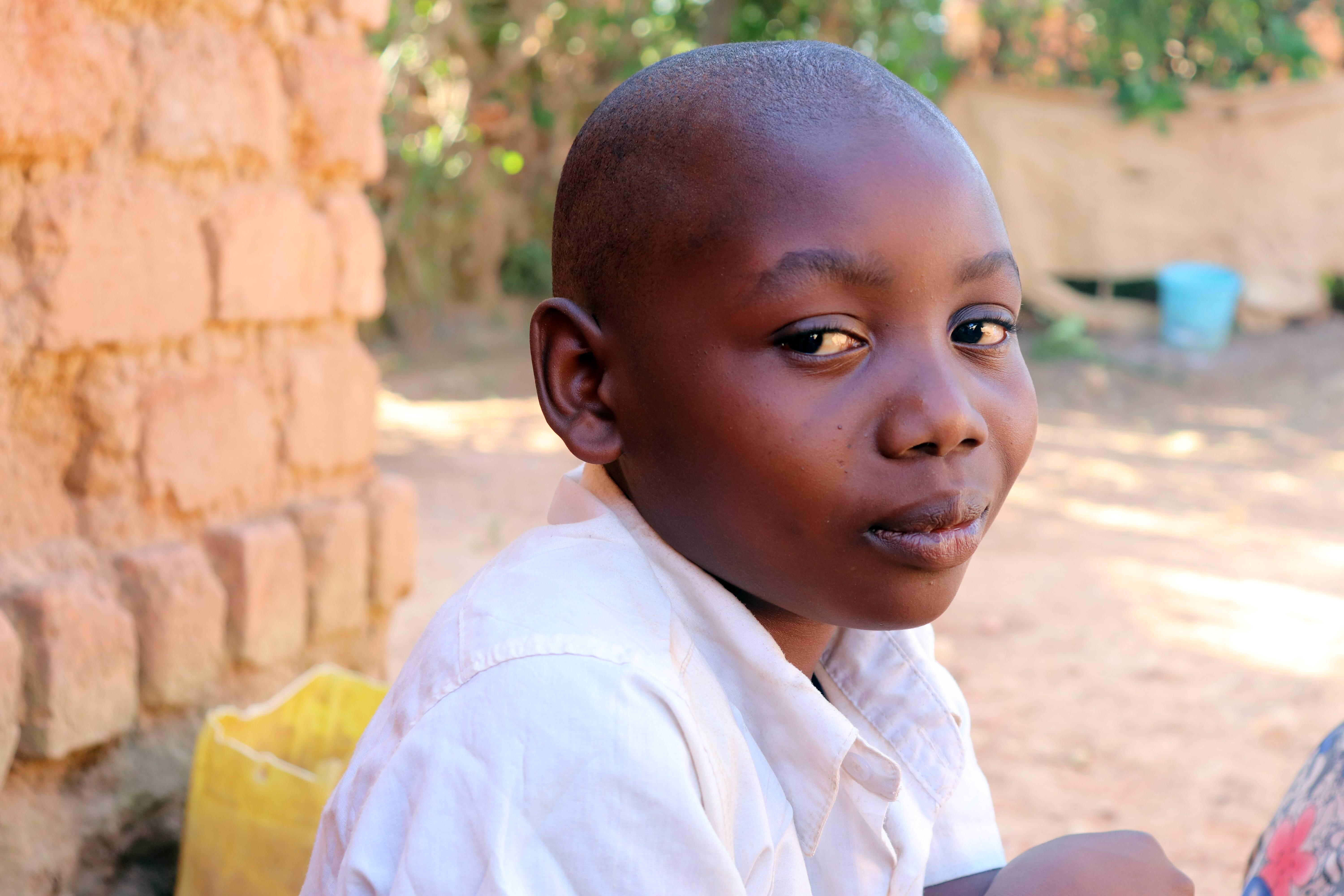
From work in the mines to school: David’s Story
Let me introduce you to David.
He’s just 14 years old, but already carries the weight of an adult’s responsibilities. David lives in the Kisunka district, in the east of Likasi town, in the Democratic Republic of Congo. He’s the eldest of five children, living with his mother, younger brother, and three sisters.
When David was only 13, his world changed overnight. His father abandoned the family, leaving them with nothing. David had no choice but to drop out of school and become the sole provider for his family.
“I used to get up at 6 o'clock and go to the quarry. I had to find a good spot and spend the whole day breaking stones with my club, in the dust. At the end of the day, I could fill five bags, which were sold individually for 2,000 Congolese francs (USD 0.82). Sometimes I could sell five bags in a day and earn 10,000 Congolese francs (USD 4.09),” explains 14-year-old David.
This was not a summer job. This was survival.
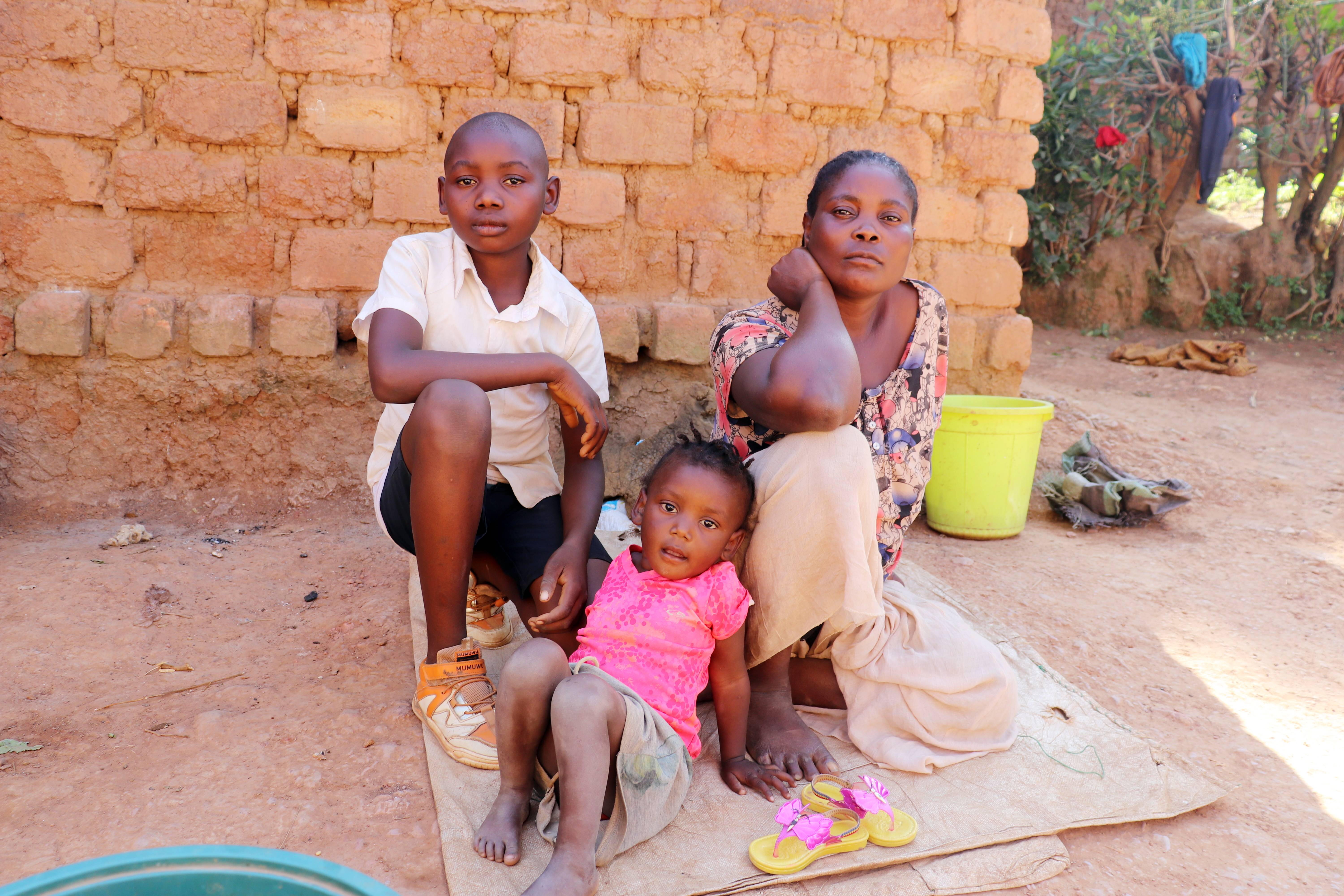
“When I got home, my whole body ached and I had to go back the next day. It was very sad, the bags were so heavy. The money was barely enough to feed ourselves. Children were getting sick all the time,” he adds.
David’s story is heartbreaking—but it’s not unique. In communities like his, child labour is often the only option left when families are pushed to the brink.
His mother, Mireille, is a woman of incredible strength. But even she was trapped by the weight of tradition and poverty. In their community, women are forbidden from working in the mines due to harmful traditional beliefs. This left Mireille with no choice but to send her son in her place.
“According to our customs, women are not allowed to go to the quarry and work. Our culture considers women to be impure and their presence in a quarry can cause misfortune. That's why my son worked there instead of me. I waited outside for him to come back with the bags of rubble and gravel, and I helped him sell them,” explains Mireille.
This is not childhood. This is injustice.
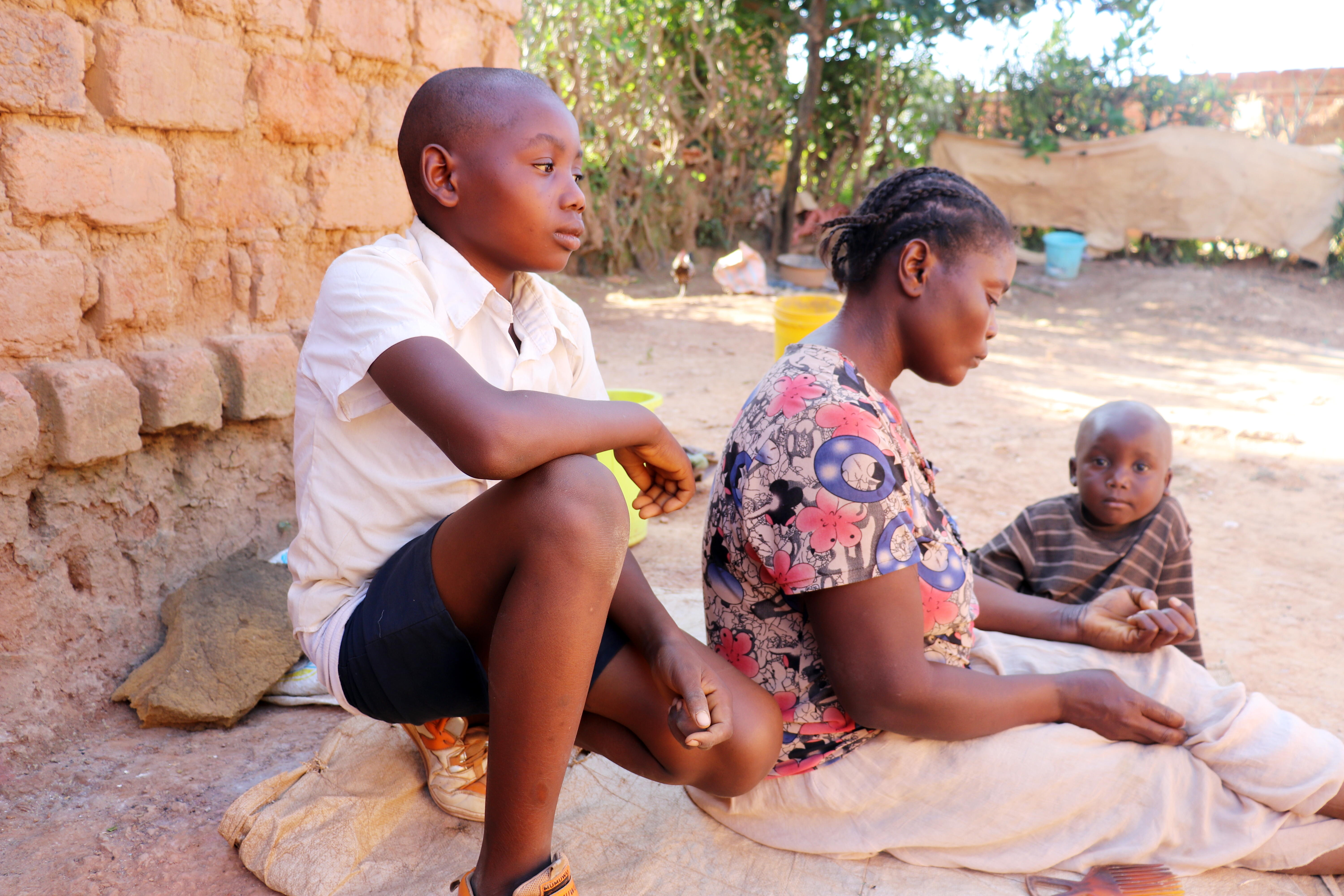
But here’s the good news: David is back in school.
Thanks to the work of World Vision and the Community Network for Child Protection (RECOPE) in Kisunka, David was one of just two children rescued from the quarries in 2023. He’s back in the classroom—and he’s adjusting well.
David is one of 507 children who were made aware of their rights and the importance of education through World Vision’s child protection efforts in Haut-Katanga Province. While only 30 have returned to school so far, each one is a powerful reminder of what’s possible when we act.
David now dreams of finishing his studies, finding a job, and taking care of his family.
With your support, we can reach more children like David. We can help them leave dangerous work behind and reclaim their right to a safe, hopeful future.
From Matchstick Factory to the Classroom
When young Latha's mother became sick and she found herself with responsibility for caring for her younger brothers, she was forced to drop out of school and begin putting 12-plus hours a day as a labourer at a local matchstick factory.
Then World Vision came alongside her family, helping to provide the resources and encouragement she needed to leave factory work and return to school.
While Latha is now thankfully thriving, thanks to supporters like you, millions more children around the world are living in the harsh reality of forced labour.
They urgently need your help. Donate today.
You can help a child for life and end child labour today.
It is estimated that young people who have to work full-time or part-time instead of going to school increase their likelihood of being poor in later life by as much as 30%. Support World Vision to tackle the root causes and keep children in school and out of labour.
Donate to help children when they're at their most vulnerable
Our focus is on helping the most vulnerable children, in the most difficult places, overcome poverty and experience fullness of life.
Frequently asked questions?
How are my donations spent?
Your donations will help children in the world's most dangerous places survive, through providing life's essentials like food, water and shelter; recover from trauma they experienced and equip them to rebuild their future. This ranges from the provision of life-saving essentials and healthcare, to counselling, play therapy and education for children.
Why should I make a monthly donation?
When you set up a regular donation, of whatever size, you're joining our community of dedicated supporters who want to make a long-last difference.
Your monthly donation enables us to act quickly when disaster hits and allows us to plan longer term responses for children and their communities.
Why should I support World Vision?
World Vision has over 70 years of experience working with communities, donors, partners and governments to bring better futures for vulnerable children, even in the toughest places. Thanks to our supporters globally, we work in almost 100 countries and have changed the lives of over 200 million children in the past five years alone. We help children of all backgrounds, inspired by our Christian faith.
When you make a donation to World Vision, you know your support will be used to create the greatest impact. We always work alongside communities, with a focus on the most vulnerable children.
Please donate to our charity online today to support the children in greatest need.
How can I be sure my money gets to those in need?
World Vision only works within countries where we have our own offices so we can be sure that we can account for all the money that we receive and how it is used.
We have audited accounts that are publicly available at any time. As a charity, we're regulated by the Irish Charities Regulator – a legal body, which oversees all Irish charities and their activities.
We are a not-for-profit organisation, and we know that the continued support we receive is dependent on our efficient use of supporters’ money. Our Annual Reports are available here.
Where in the world will my donation be used?
We work in almost 100 countries worldwide, including some of the most dangerous and hard-to-reach places like Syria, Afghanistan, Iraq, South Sudan and Somalia. Your donations could be used in any of the places we are working - wherever the need is greatest. So whatever is happening in the world, you know your donations will help us reach the most vulnerable children, in the greatest need.
